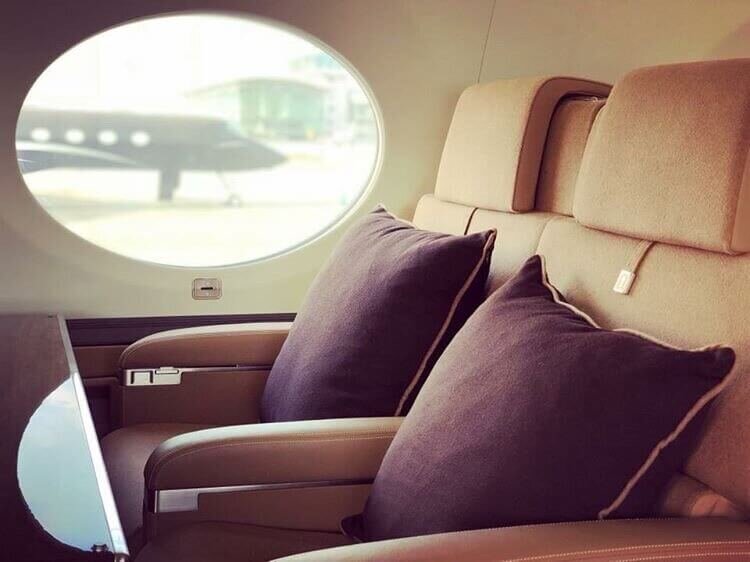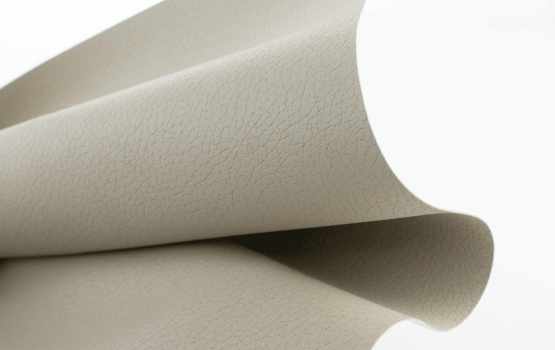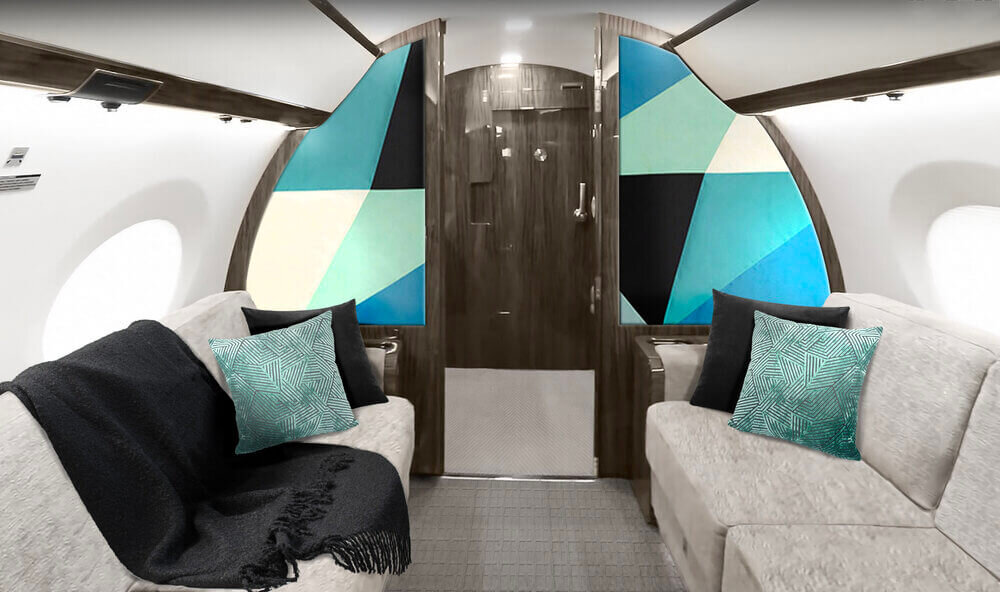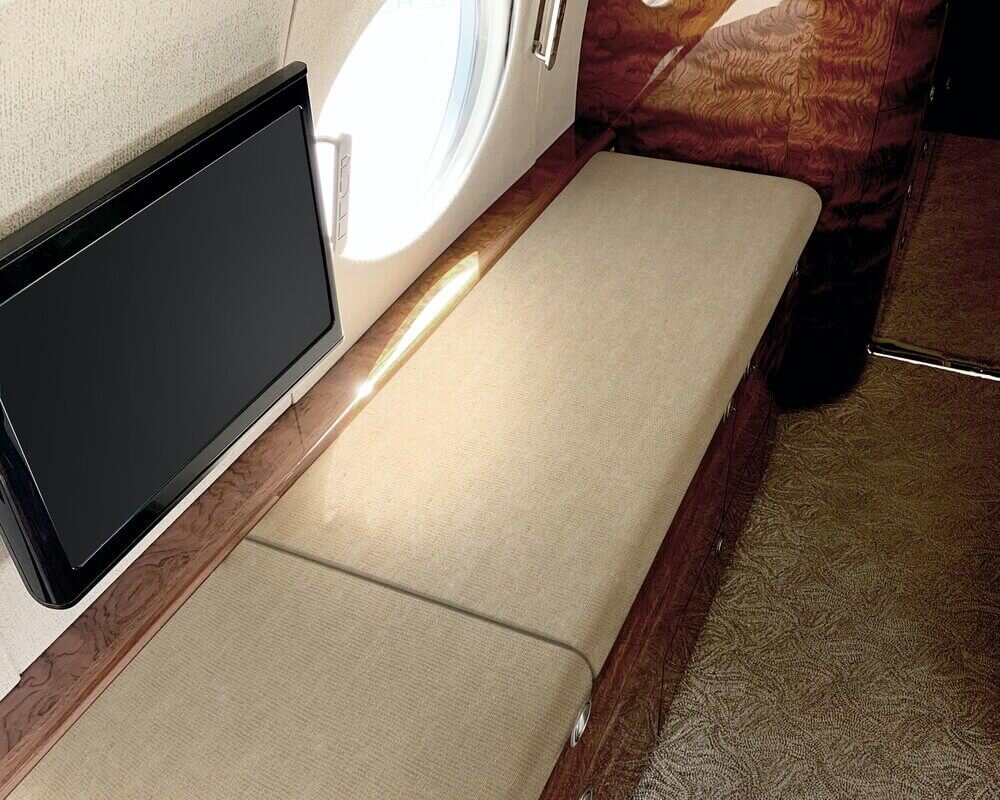
5 Ways to Create a Quieter Cabin
There are many sources of cabin noise when flying, and there is an increasing amount of noise reduction packages on the market that include active and passive techniques for reducing noise. One way you can help create a quieter cabin is with the materials and design features of your interior. The goal is to utilize more soft surfaces in your cabin that will help absorb sound instead of reflecting it. Here are a few ways to add a touch of fabric:
Photo by @_g650er_
Fabric Chairs
In an aircraft cabin, the seating creates a lot of surface area, and fabric upholstery is much better at absorbing sound than leather. Fabric seating is not always an ideal choice if you’re looking for a more durable solution, like for a chartered aircraft, but there are ways to add leather details to help improve durability while still having the sound-absorbing qualities of the fabric. In the photo above, the cushions are upholstered with a beautiful camel-colored fabric while a matching leather trims the sides of the cushions and arms to help protect against abrasion.
Photo by Tapis Corporation
Sidewall Panels & Headliner Options
Similar to the chairs, fabric paneling is going to better at absorbing sound than leather. It’s important if you specify fabric for your panels that you choose the right type of fabric. You’ll want to stick to materials with a tight weave to help with abrasion and to also avoid getting snagged.
Tapis also has a great product, Brisa, that utilizes micro-perforations to make their ultraleather breathable when used in conjunction with open-cell foams. The micro-perforations allow the sound to pass through the surface of the material and be easily absorbed by the foam behind it. A product like this would be perfect for headliners or other vertical surfaces if you’re looking for a more durable option than fabric but still want the same great sound absorption qualities. You can find more about the product here.
Bulkhead Feature
Veneered bulkheads are a big culprit of reflecting noise in the cabin. This is a great place to include some beautiful details and add some soft textiles. We’ve all seen those bulkhead pads that are stuck on to meet regulatory requirements and don’t receive much design consideration. Instead, use this area to showcase a purposeful design that enhances the look of the cabin and add a statement fabric!
Credenza Pad
This is a simple one. Not only is a credenza pad a great way to protect the top of your credenza from UV damage and scratches, but when upholstered in fabric, it’s a great way to help reduce noise!
Throw Rugs
The galley and lavatory are places you want to have a flooring that’s easy to clean, but using hard surfaces like vinyl or stone flooring can make them very loud. You can have the best of both worlds by having throw rugs made for these areas (and maybe even duplicates depending on the aircraft’s usage). This way you have some flexibility and can remove the throw rug easily when needed.
Reducing noise in your cabin can be tricky. Noise levels are different for everyone and can change dramatically based on the aircraft model, manufacturer, and where you are in the plane. If you’d like to discuss reducing noise in your aircraft, you can schedule a free discovery call with me here.
WELCOME to the blog
As an aviation interior designer, I have devoted my entire professional career to helping customers navigate practical selections that address their individual needs and create beautiful, inspiring designs they love.
Check out the blog for insights, trends and tips for taking care of your aircraft.


